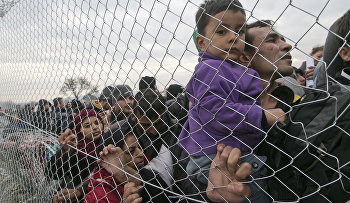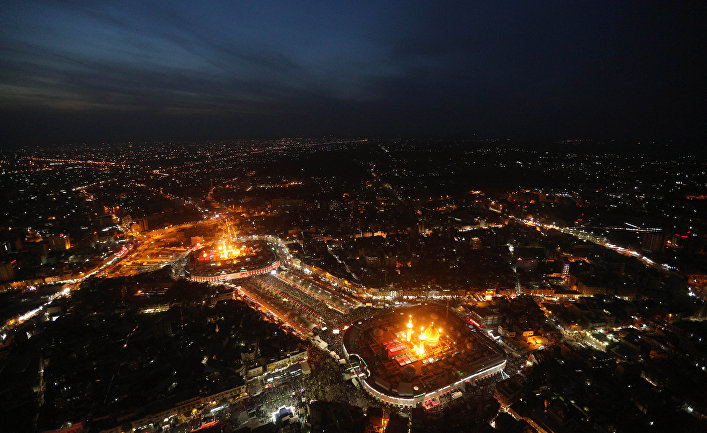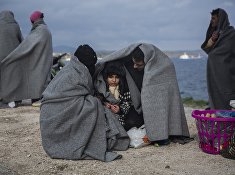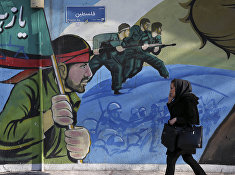Twenty first century marks the beginning of a new era when geographical and political maps and borders of the Middle East will be revisited and reviewed. Just as during the phase of the Sykes-Picot agreement that came as a result of the World War I which witnessed the ascension of new empires and the collapse of others. With the collapse of the Soviet Union, the bipolar system, with USSR and the USA being two major world powers, has collapsed. At the onset of the 21 century, it is the end of the unipolar system where the US was the only governing superpower. As it is normal to shift from one system to another. The American imperial era inherited a method of utilizing religious fanaticism, emerging from the Middle Ages and on. The goal was to push a proxy force to fight the grasp of the Soviet Empire in Afghanistan.
#ISIS is a false flag! It's just #USA creating fear all over the world to gain more power! They control 'em all https://t.co/DFNjQIm8bq
— Dario (@PalladinoDario) January 3, 2016
Being the single ruling world power, Washington ignored this method and preferred to tackle the problem by invading Iraq. Direct intervention caused negative influences to the internal structure of the imperial power. Washington realized that it has to avoid the principle of “direct intervention of the US Army,” using alternative proxy forces of right-wing religious fanatics in the regions which require US intervention to remap geography and politics anew. To fulfill the US's plans in mid-20 century it took to the establishment of Israeli State in the occupied Palestine, as a block between Arab East and West, just as in 1967 when Israeli proxy forces substituted direct US intervention (Johnson’s message to Nasser in 1965) to quench Arab Nationalism and Arab World liberation movement, led by Gamal Abdel Nasser, the second president of Egypt.

Looking at this history in the light of the new developments, in the era when the American grasp is declining, new maps are forming before the emergence of new world forces (like “BRICS”). War is raging in four Arab countries: Syria, Iraq, Libya, and Yemen, while the US military can comfortably advance a direct intervention, at the time when the mission of fragmenting all armies is achieved by the proxy fore made up of far right religious guerillas.
Left unattended, Washington did not consider the fact that these proxy monsters may take on another mission: attack any site in the world, belonging to the Western Civilization, to quench their thirst for blood. It is a global conflict in which the Arab destiny is being decided. Meanwhile there is no resolution amid the direct clashes between the Jewish state and the Palestinian people, in the absence of any Arab support. However, Russia’s intervention seems timely as it opens possibilities for the Arab nations to face the deluge and decide their future.






